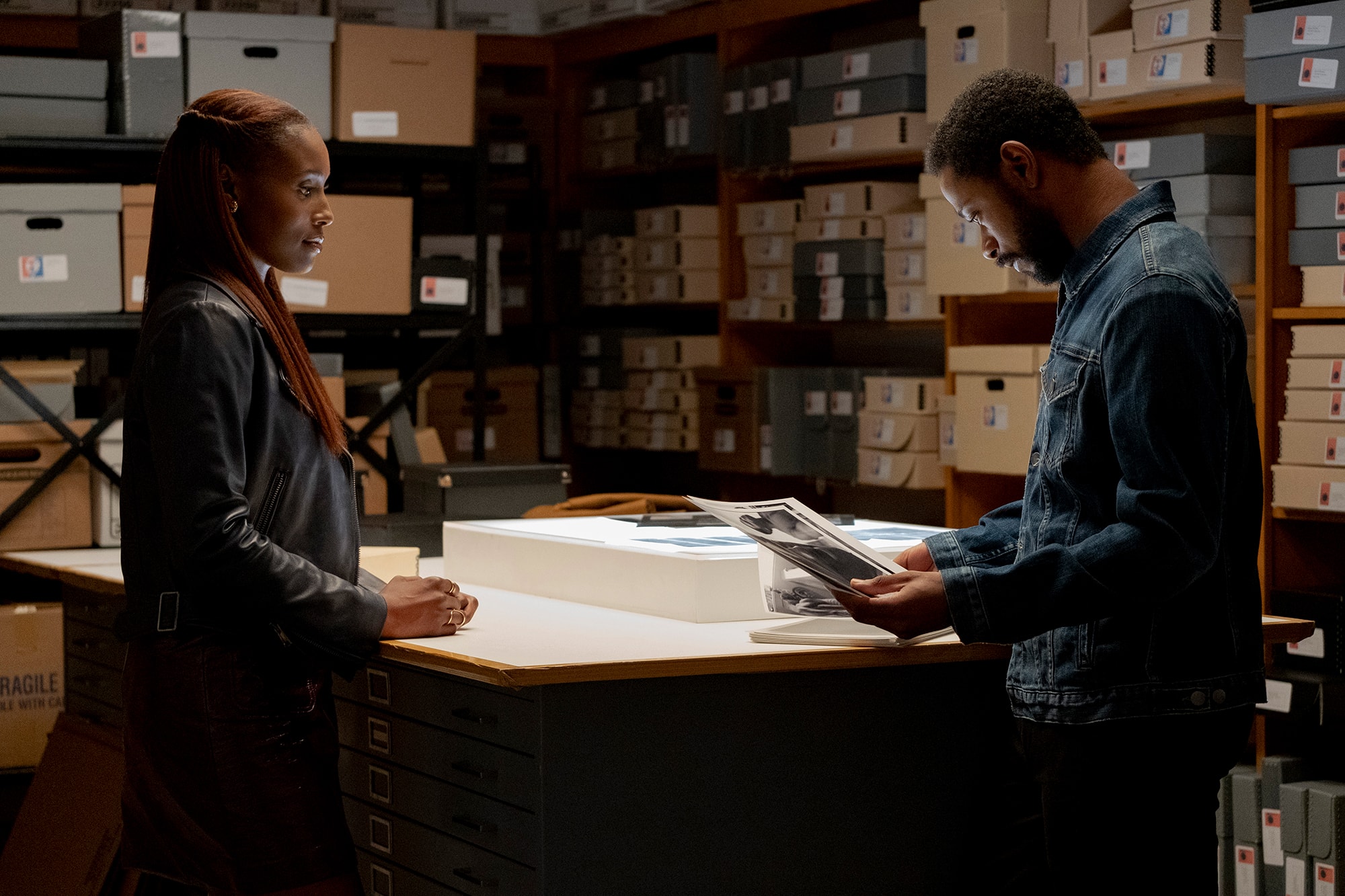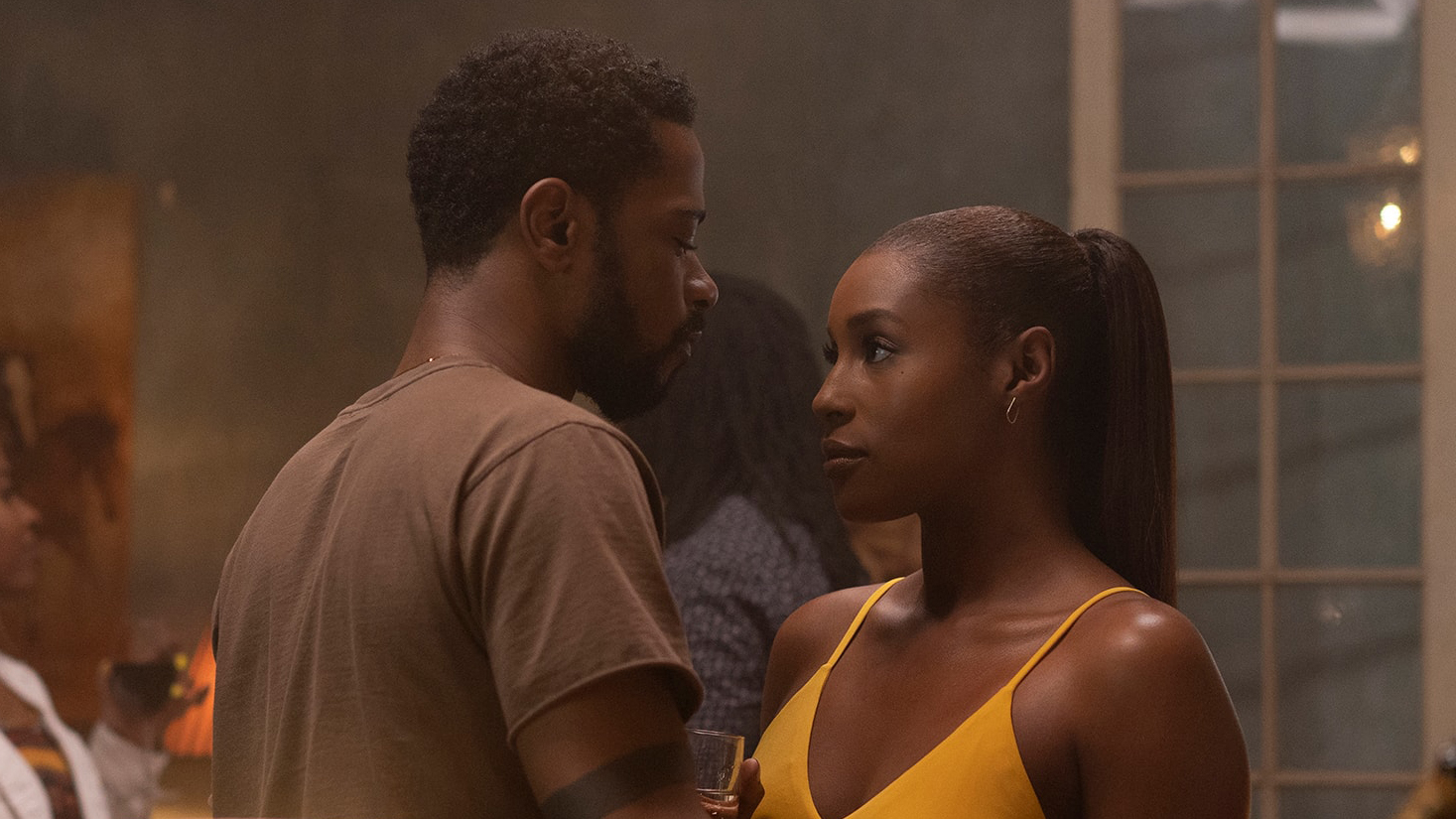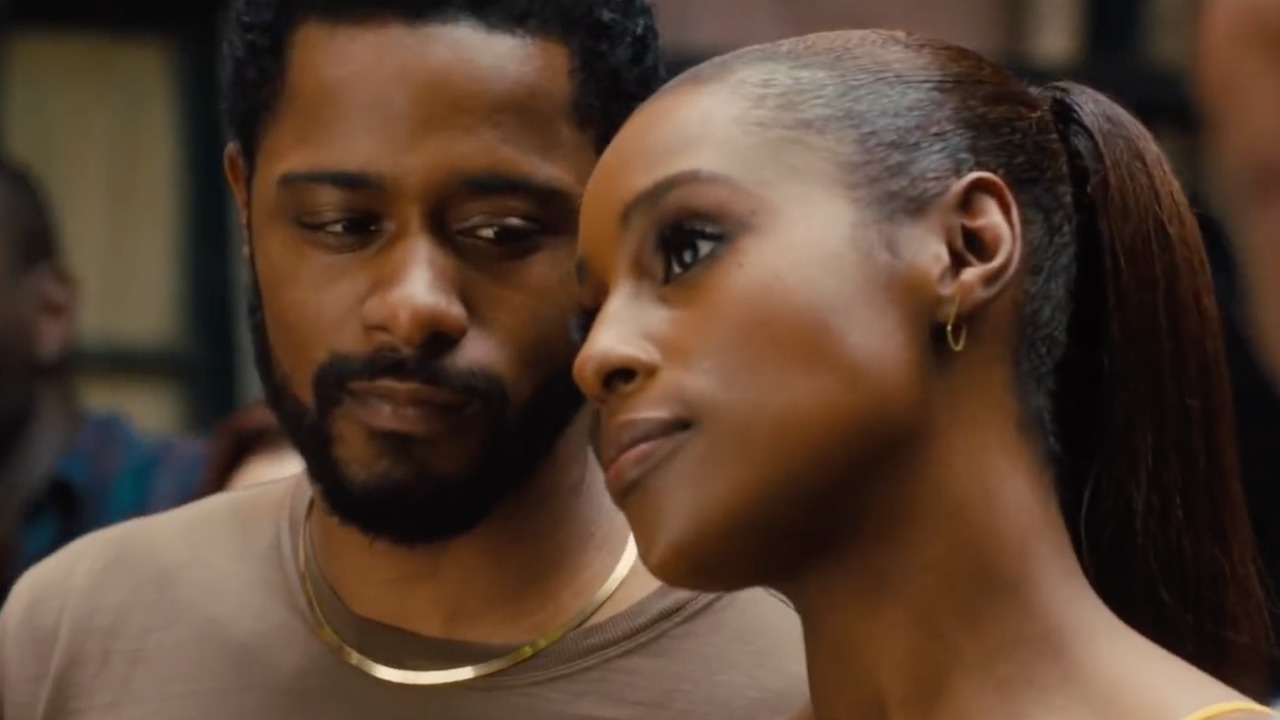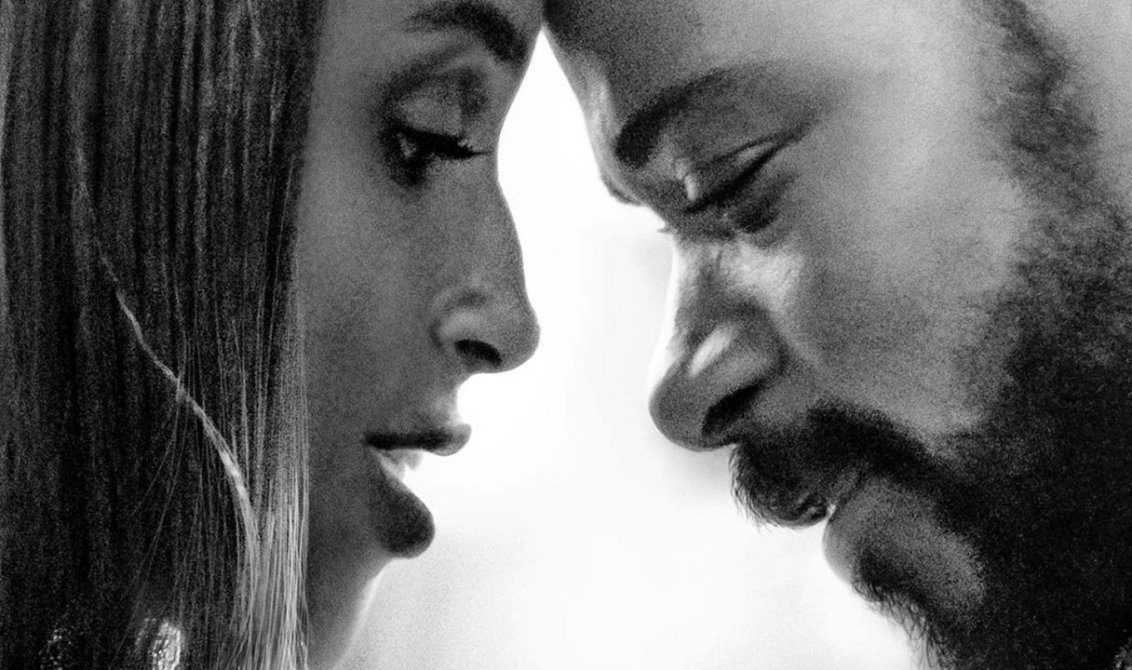February 15, 2020
Writer-director Stella Meghie’s (Everything, Everything) new film, The Photograph, is a romantic drama depicting two love stories (one in the past, one in the present) connected by a picture. That description just scratches the surface of Meghie’s tale which examines not just love, but the words not spoken and a life lived privately in public.
While conducting an interview with a Louisiana fisherman named Isaac (Rob Morgan), reporter Michael Brock (LaKeith Stanfield) is introduced to the work of famed photographer Christina Ames. Concurrently, Christina’s daughter Mae Morton (Issa Rae) discovers two letters and a photograph stored in her recently deceased mother’s safety deposit box. With each page of her mother’s letters, Mae learns a new truth and perspective that rattles everything she thought she knew. Meanwhile, pulled together by an odd twist of fate, Mae and Michael begin a romance that seems perfect, yet the tendrils of the past hold both of them back.

A critical aspect of Meghie’s The Photograph is her layering of metaphors within the film. It’s a photograph that gains Brock’s attention, but it’s not one taken by Ames. The notion that a photographer would be behind a camera and not in front of it is, by itself, a physical representation of that individual’s desire to show but not be seen, to capture life, but not necessarily take part in it. Then there’s Ames’ beloved profession: photography, a purely mechanical art form. A camera works to capture moments in time so that we can revisit them on demand, except the photograph isn’t the moment itself, it’s only a perspective of the moment captured via the limitations of the device. A photograph may, for instance, capture someone laughing or crying, but the context is kept from it so the viewer doesn’t know if the laughter is from pain or the tears from joy. Additionally, the viewer can’t possibly know what’s happening on the outside of the edges of the photographs or the inside of the subject due to the technological limitations of the camera. Aspects of this are discussed in Walter Benjamin’s 1935 essay The Work of Art in the Age of Mechanical Reproduction, but the key takeaway here is the idea that photographs lie, or— more precisely— they are not a full truth. What we see before us is not an entire story and, when we forget that, we become prey to the negative thoughts in our minds, becoming closed off and less likely to be honest. Meghie wonderfully addresses this last bit by having the couples in the present timeline confront communication issues similar to those in the past timeline. They are not exact, but similar in the way an echo is to the initial sound. Much like a photograph, they are of a moment in time. The question as to whether the past repeats is not up for examination, so much as a pondering of whether new choices for the future can be made by understanding the context of the past.

It’s in this particular aspect that Meghie’s film is given its philosophical heft, but it’s in the examination of familial relationships that The Photograph lays out the emotional. With Mae’s introduction, the real story begins as the audience slowly learns of her contentious relationship with Christina, setting up a mother-daughter dynamic in imbalance. As the film progresses, Mae goes through what can best be described as a rebirth or an official transformation into an adult. This occurs because Mae stops seeing Christina as her mother and starts seeing her as a person. Doing this shifts the focus away from the image, the metaphysical photograph Mae carries of Christina, enabling her to see the full context the image lacks. This is a big shift in anyone’s life, that moment when we realize— for all the good and the bad— that our parents aren’t some kind of heroes or villains, but individuals who’ve lived lives before our arrival and continue to do so as we grow older. Meghie lovingly and delicately lays out the narrative so that not only Mae reshapes her own world view by the end of the film, but so does Michael. Stanfield’s Michael is, in some respects, nothing more than a vehicle for the audience to be introduced to certain aspects to set up the narrative. The interview with Isaac is conducted after a brief video interview featuring a (then yet unknown to the audience) young Christina (Chanté Adams), so the connection is— at first— tenuous at best. What his character does at the start is serve as offering foundation for the audience before we meet Mae. This enables Michael to seem more important to the overall story when, in fact, he’s a bystander, even if he is an earnest and relevant portion of the emotional core.

Issa Rae is an absolute delight. She’s got a smile that could light up a room, which is important for a character who seems enchanted with a potential new beau, but, more importantly, she offers a performance that’s exceptionally natural and captivating. It doesn’t matter if Rae’s doing something as simple as quietly contemplating her mother’s letters, engaging in verbal fencing with Michael, or something as strenuous as undergoing a dual interrogation from Michael’s nieces, there’s something so present about her physically that is instantly entrancing. Stanfield more than delivers in every aspect of his performance. His innate earnestness imbues the intellectual and slightly intense Michael, to make him feel more grounded, charming, and emotionally intimate. Granted the character is on an emotional journey of his own which does possess elements that work better metaphorically than on paper, there’s not a moment where Stanfield doesn’t captivate. Their chemistry is an integral part of the audience believing in the romantic aspects of the narrative, and theirs is palatable. Similarly, the performances from Adams and Y’lan Noel (as young Isaac) are just as captivating in the past timeline. There are few scenes of them individually and, while those are strong, their best work is sharing the screen together. Impressively, what the collective performances convey the most is how trauma or great pain are not required to tell a timeless love story. There is loss, sure, and there is conflict, but none of it devolves into a tearing down in order to rebuild. The women possess agency, and the men a progressiveness to respect and uplift their partners. The failings of character more often than not come from an inability to communicate and, within failing this, possess some measure of fear over how to begin to talk as time continuously marches on. On this aspect, Meghie appears to ask the audience if possessing a photograph of a memory is enough when action is only a word away.

Photographs are nothing more than the results of light and chemical reactions made physical on special paper. They don’t possess any more magic or meaning than the observer puts into them. In this way, photographs are not unlike how we view those we love and value. Through our individual frame of reference, we consciously and subconsciously decide what to hold onto and what to shave off, what to retain and what to forget. A photograph may be a catalyst in Stella Meghie’s lovely story, but it’s far more than a physical manifestation of a moment. It’s a question about how the future will unfold, a lesson kept secret and close. One can’t help but wonder, amid the uplifting aspects of Meghie’s tale, if she wants the audience to look beyond the frame, to look deeper into those we love and acknowledge the person within, not just the image they present.
Star Rating: 4 out of 5
Read next:

 By
By 
